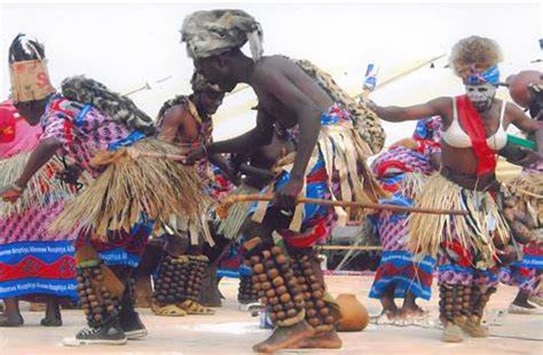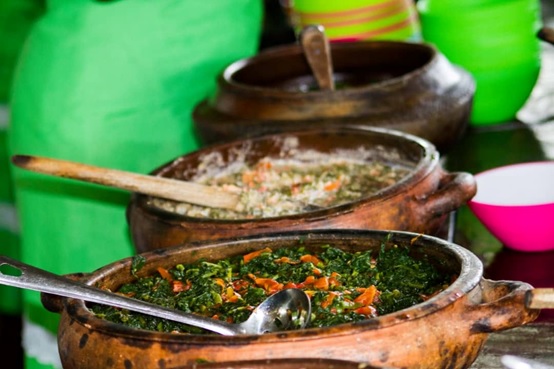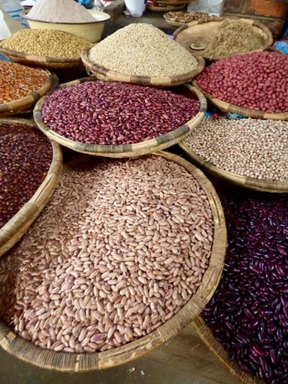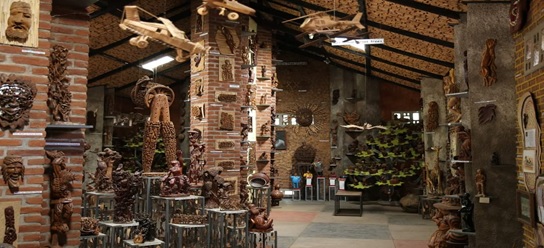Mulanje Mountain
Mulanje mountain, the highest peak in Southern Africa is proudly the “Island in the sky”. Lying at 3000m above sea level, the mountain offers visitors breathtaking views and adventure. The Massif, which covers an area of 640 square km has over 46 peaks most of which are over 2500m above sea level. Sapitwa is the highest peak on the mountain.
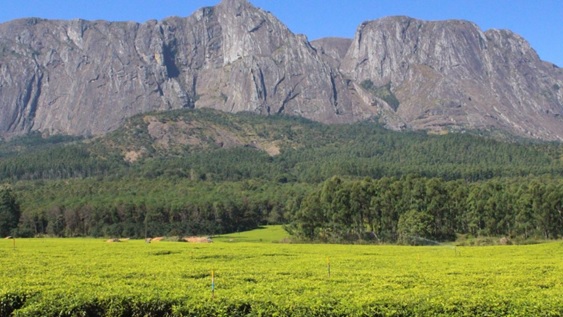
Mulanje Mountain- Proudly “the island in the sky”
Mulanje mountain has a fascinating ecosystem with as many as 500 unique species of animals and plants found nowhere else in the world. The area is recognized as a biodiversity hotspot. Visitors may just be lucky enough to spot velvet monkeys, rock hyrax, leaf-nosed bats or klipspringers.
The mountain is covered with several varieties of vegetation with a unique tree known as Mulanje Cedar. The Mulanje Cedar is considered the national tree of Malawi and it is highly valued for its use in silviculture and its potential contribution to social economic development. The presence of rivers and waterfalls also increase its beauty.
There are special sites on the mountain such as Dziwe la Nkhalamba and Muloza pools which provide a unique ‘island in the sky experience’. The breathtaking views of cultivated tea estates at the foot of the mountain offer fantastic tours to visitors.
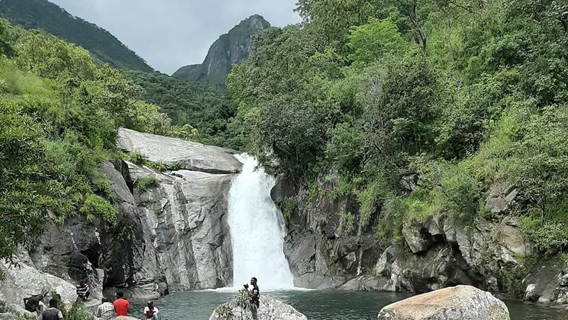
Dziwe la nkhalamba
Mountain hiking, cycling, nature trail walks and trekking, bird watching, tea tasting, quad bikes and 4x4 driving, climbing and abseiling, are but some of the activities one can enjoy.

Tea picking on the foot of the mountain
Nyika Plateau
Nyika Plateau, located in the Northern Region of Malawi, is an ideal destination for outdoors and nature enthusiasts. Nyika Plateau lies at 1800m above sea level with Nganda hill the second highest point in Malawi) as highest point at 2600m above the sea level.
Its environment is stunningly beautiful scenery leaving most of its visitors lost for words. The higher elevations are open, undulating grasslands with incised valleys, creating panoramic views, slopes of wild flowers, rolling green hills, rocky outcrops, and small, tropical forests. Due to the elevation of Nyika Plateau, it is pleasantly warm during the day as opposed to the intense heat of the valley below.
The name, Nyika, means “where the water comes from” and it is, indeed, one of Malawi’s most important catchment areas. It is perhaps at its best in the rainy season when over 200 types of orchid are in flower, the richest concentration of orchids in south-central Africa. Other attractions include The Chisanga Falls on the Rukuru River and Lake Kaulime.
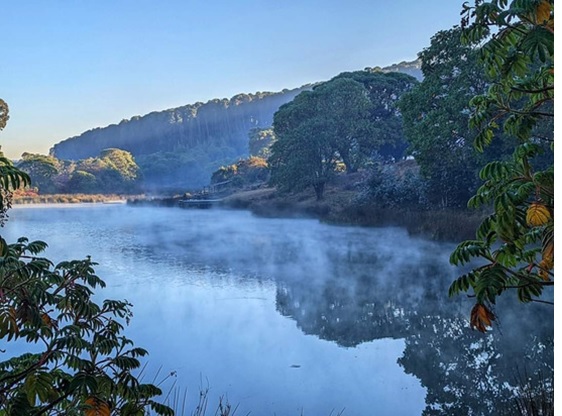
Walking at Nyika Plateau is undeniably one of the best ways to explore this unique and wildlife-rich wilderness. Nyika’s varied terrain is perfect for trekking, mountain biking and 4×4 adventures.
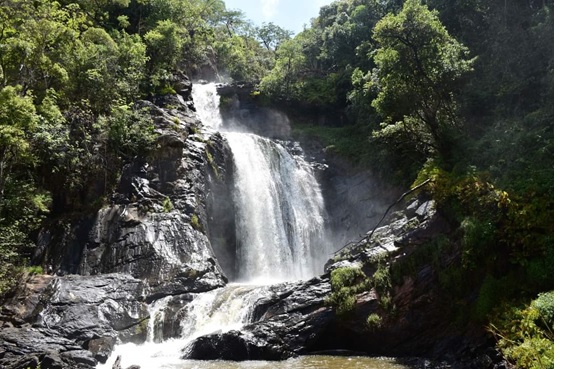
Chisanga falls
Malape Pillars
Malape Pillars in Machinga district is another attraction worth visiting. These mysterious sandstone formations nesting deep in the trees at the foot of the verdantly-forested Chikala Hills. The site was formed through geological processes from a combined effect of soil reaction to different elements, differences in soil resistance and erosion. Malape pillars forms a rare geological heritage. Some people call it “Malawian Canyon” as it looks like the Grand Canyon of the United States.
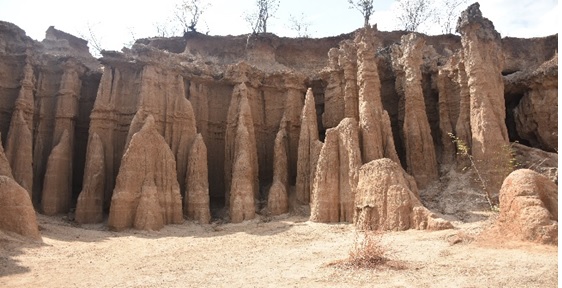
Malape Pillars
Zomba Plateau
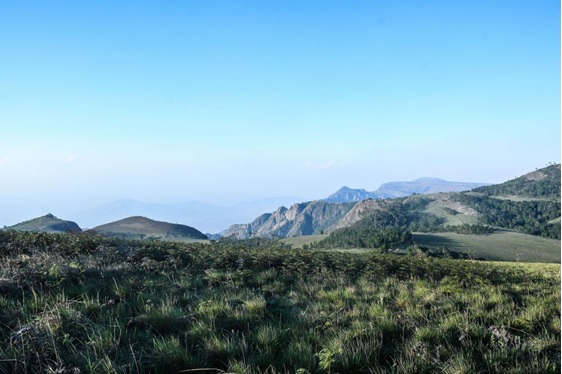
The plateau contains pine plantations as well as rolling grasslands, montane forests, scrub and woodland. The serene forests, hills and streams as well as the views from it offer an attraction for walkers. The plateau is also an excellent place for rambling and hiking, with a number of easily followed roads and trails. The bottomless Chingwe’s Hole located on the plateau, is a good place to visit. Curled at the foot of the plateau is the charming old capital of Malawi, Zomba.
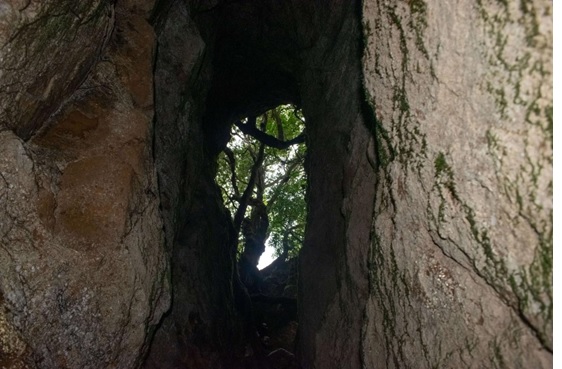
Chingwe’s hole
Viphya Plateau
The forested Viphya Plateau lies between 1500m and 1800m above sea level with inselbergs such as the famous Elephant Rock. The plateau is located in the northern part of Malawi and has plantations of pine that were said to once have been the largest in Africa. Patches of indigenous forest survive between the partially felled rows of pines and the original open heathland in the east of the plateau making it a wonderful area to explore on foot or mountain bike even by a four wheeled drive.
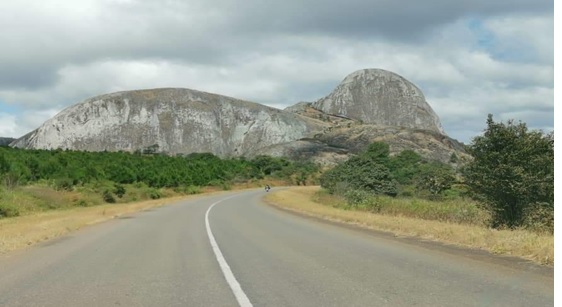
The Elephant Rock

